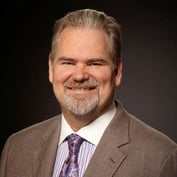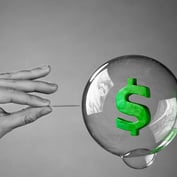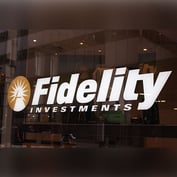(Bloomberg) — The bigger wage gains that have so far eluded American workers probably will begin to materialize this year as the job market tightens, according to economists polled by Bloomberg.
Hourly earnings for employees on company payrolls will advance 2 percent to 3 percent on average, according to 61 of 69 economists surveyed Jan. 5-7. They climbed 1.7 percent in the year through December.
While still short of the 3 percent to 4 percent increases Federal Reserve Chair Janet Yellen has said she considers “normal” with 2 percent inflation, the expected rise in earnings would be another sign that the labor market is making headway. A jobless rate that’s quickly approaching the range policy makers say is consistent with full employment will mean employers will need to pay up to attract and keep talent.
“By mid-year we should start to see more meaningful wage gains,” said Ryan Sweet, a senior economist at Moody’s Analytics Inc. in West Chester, Pennsylvania, whose firm projects wage growth just below 3 percent this year. “We’re absorbing a lot of this slack quickly.”
Wages were one disappointing element in an otherwise brightening jobs market last year. Employers added an average 246,000 workers a month to payrolls, the best performance since 1999. The jobless rate sank to 5.6 percent in December, the lowest since June 2008 and just shy of the 5.2 percent to 5.5 percent that the Fed has defined as full employment.
Joblessness Slumps
The speed of the drop in unemployment has exceeded projections by the Fed and private analysts. Joblessness averaged 5.7 percent in last year’s fourth quarter, well below the 6.3 percent to 6.6 percent range projected by Fed officials in December 2013, and the 6.6 percent forecast by economists in a Bloomberg survey that month.
The wart of the otherwise marked improvement has been wages. Average hourly earnings dropped 0.2 percent in December from the month before, the biggest decline since records began in 2006.
The unexpected easing was probably influenced by the mix of workers on payrolls, economists said. Big gains in hiring of seasonal holiday workers, more entry-level positions and retirements of more expensive older employees all probably played a role.
While the Bloomberg survey on wages was taken prior to the jobs report last week, follow-up interviews with economists indicated the weak December reading wasn’t changing many minds.
Job Openings
Figures today from the Labor Department showed the number of available positions at U.S. employers climbed to 4.97 million in November, the most since January 2001. There were 1.82 unemployed Americans per job opening, down from 2.62 in November 2013.
The latest figure is fewer than the 2-to-1 threshold that typically leads to larger pay increases in about six months as employers compete for a dwindling talent pool, according to research by economists at UBS Securities LLC.
A net 17 percent of managers at small businesses said in December that they’ll boost wages, the most since September 2007, according to another report today from the National Federation of Independent Business.
Workers and job seekers are becoming more optimistic, which may mean they’ll seek bigger pay increases. The share of Americans judging jobs as “hard to get” declined last month to its lowest level since March 2008, according to the New York- based Conference Board’s consumer confidence survey.
Good Jobs








 January 13, 2015 at 06:12 AM
January 13, 2015 at 06:12 AM










